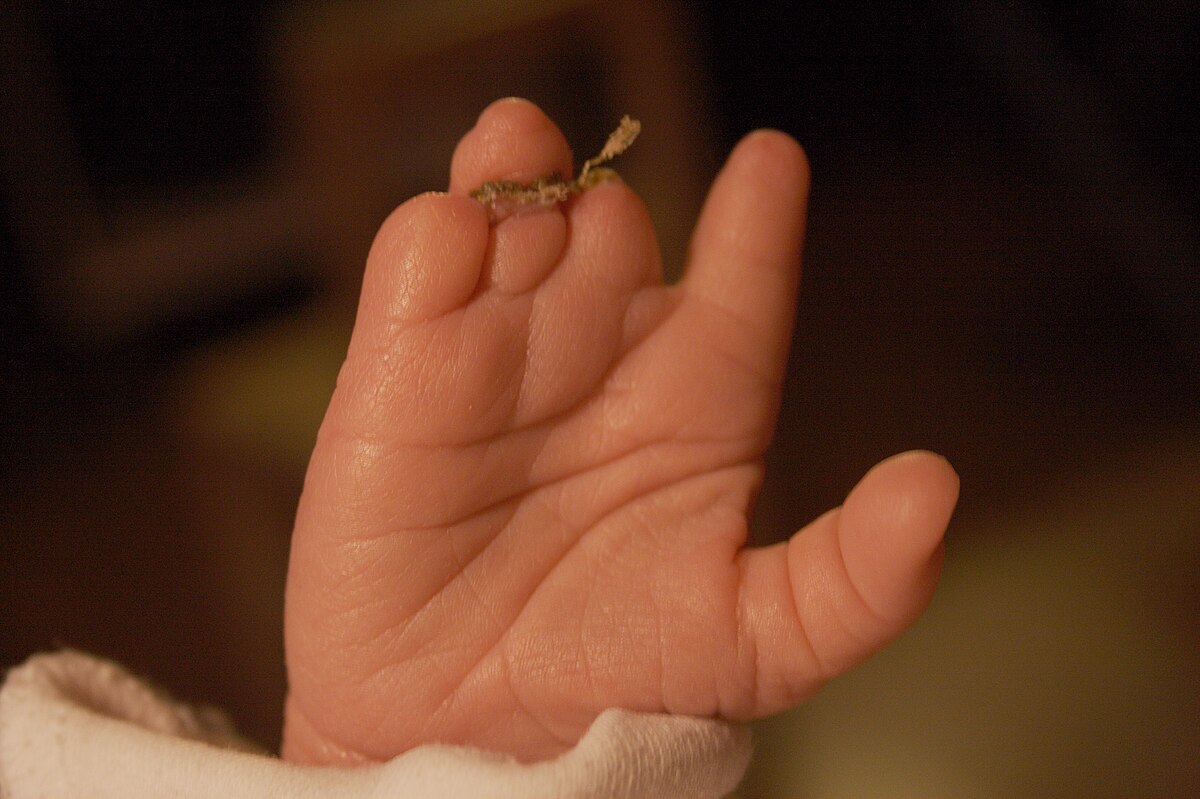
Who is Alice Crimmins? Alice Crimmins became infamous in the 1960s due to a high-profile case involving the mysterious deaths of her two young children. Born in the Bronx, New York, she was a former cocktail waitress whose life took a tragic turn on July 14, 1965, when her children, Eddie Jr. and Missy, went missing. Their bodies were found shortly after, leading to a media frenzy and a controversial trial. Crimmins' case captivated the nation with its twists, turns, and questions about her guilt or innocence. Despite being convicted twice, many still debate her involvement. This article dives into 37 intriguing facts about Alice Crimmins, shedding light on the woman behind the headlines.
Key Takeaways:
- Alice Crimmins' high-profile case in the 1960s sparked intense media coverage and public debate, shedding light on the challenges faced by women in the legal system and the impact of media on criminal trials.
- The mysterious circumstances surrounding the disappearance and deaths of her children continue to fuel speculation and theories, leaving the case unsolved and leaving a lasting legacy on criminal justice perceptions.
Who is Alice Crimmins?
Alice Crimmins became a household name in the 1960s due to a high-profile criminal case. Her story is filled with twists and turns that have fascinated people for decades. Here are some intriguing facts about her life and the case that made her famous.
- Alice Crimmins was born on March 9, 1939, in the Bronx, New York City.
- She married her husband, Edmund Crimmins, in 1959.
- The couple had two children, Eddie Jr. and Alice Marie, often called Missy.
- Alice worked as a cocktail waitress, which added to her public image during the trial.
- The Crimmins family lived in Kew Gardens, Queens, New York.
The Disappearance of Her Children
The disappearance of Alice's children was the event that thrust her into the spotlight. This tragic incident led to one of the most sensational trials of the 20th century.
- On July 14, 1965, Alice reported her children missing from their home.
- Eddie Jr. was 5 years old, and Missy was 4 years old at the time.
- The children's bodies were found shortly after the disappearance was reported.
- Missy's body was discovered in a vacant lot near their home.
- Eddie Jr.'s body was found two days later in a ditch.
The Investigation and Trial
The investigation into the deaths of Alice's children was intense and controversial. Many aspects of the case remain debated to this day.
- Alice Crimmins was initially not a suspect in the disappearance of her children.
- Public opinion quickly turned against her due to her perceived lack of emotion.
- She was arrested and charged with the murder of her children in 1967.
- The trial began in 1968 and was heavily covered by the media.
- Alice was convicted of manslaughter for Missy's death but acquitted of Eddie Jr.'s murder.
Appeal and Retrial
Alice's legal battles did not end with her initial conviction. She continued to fight for her freedom through appeals and retrials.
- Alice's conviction was overturned in 1971 due to procedural errors.
- She was retried in 1973 and found guilty of manslaughter again.
- Alice was sentenced to 5 to 20 years in prison.
- She was paroled in 1977 after serving six years.
- Alice continued to maintain her innocence throughout her imprisonment and after her release.
Public Perception and Media Coverage
The media played a significant role in shaping public perception of Alice Crimmins. Her case became a media sensation, influencing how people viewed her and the trial.
- The case was one of the first to be heavily covered by television news.
- Alice's appearance and lifestyle were scrutinized by the media.
- She was often portrayed as a "bad mother" due to her job and social life.
- The media coverage influenced public opinion and possibly the jury's decision.
- Books and documentaries have been made about the case, keeping it in the public eye.
Life After Prison
After her release from prison, Alice Crimmins tried to rebuild her life away from the public eye. However, her past continued to follow her.
- Alice changed her name and moved to Florida after her parole.
- She remarried and lived a relatively quiet life.
- Despite her efforts to stay out of the spotlight, the case continued to attract attention.
- Alice's story has been the subject of several true crime books.
- She has rarely spoken publicly about the case since her release.
Theories and Speculations
Many theories and speculations have emerged over the years regarding the case. Some believe Alice was innocent, while others are convinced of her guilt.
- Some believe that Alice's husband, Edmund, was involved in the children's deaths.
- Others think that the police focused too much on Alice and ignored other potential suspects.
- There are theories that the children were abducted by someone outside the family.
- Some speculate that Alice's conviction was influenced by societal views on women and motherhood at the time.
- The case remains unsolved in the eyes of many, with no definitive answers.
Legacy of the Case
The Alice Crimmins case has left a lasting impact on the legal system and public perception of criminal cases involving mothers.
- The case highlighted issues with media influence on legal proceedings.
- It also brought attention to the challenges faced by women in the criminal justice system.
Final Thoughts on Alice Crimmins
Alice Crimmins' story remains one of the most intriguing and debated cases in true crime history. Her life, marked by tragedy and controversy, continues to captivate those interested in criminal justice and human behavior. The facts surrounding her case shed light on the complexities of the legal system and the media's role in shaping public perception. Whether viewed as a victim of circumstance or a figure of suspicion, Alice Crimmins' legacy endures. Her case serves as a reminder of the importance of thorough investigation and the impact of societal biases. As we reflect on these 37 facts, it's clear that the story of Alice Crimmins is far from simple, offering valuable lessons for both legal professionals and the general public.
Frequently Asked Questions
Was this page helpful?
Our commitment to delivering trustworthy and engaging content is at the heart of what we do. Each fact on our site is contributed by real users like you, bringing a wealth of diverse insights and information. To ensure the highest standards of accuracy and reliability, our dedicated editors meticulously review each submission. This process guarantees that the facts we share are not only fascinating but also credible. Trust in our commitment to quality and authenticity as you explore and learn with us.


